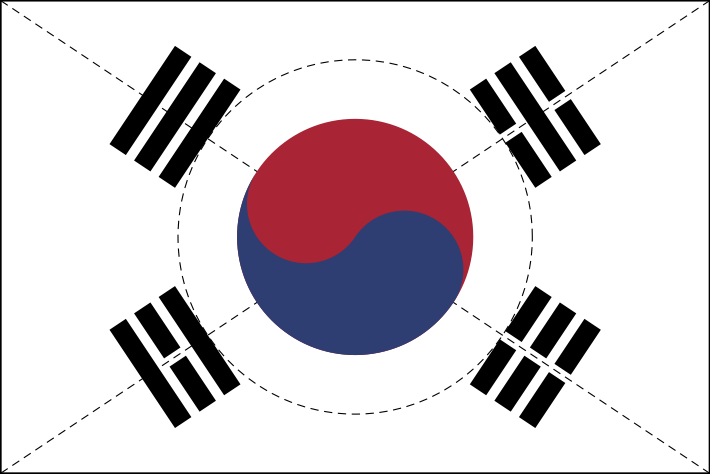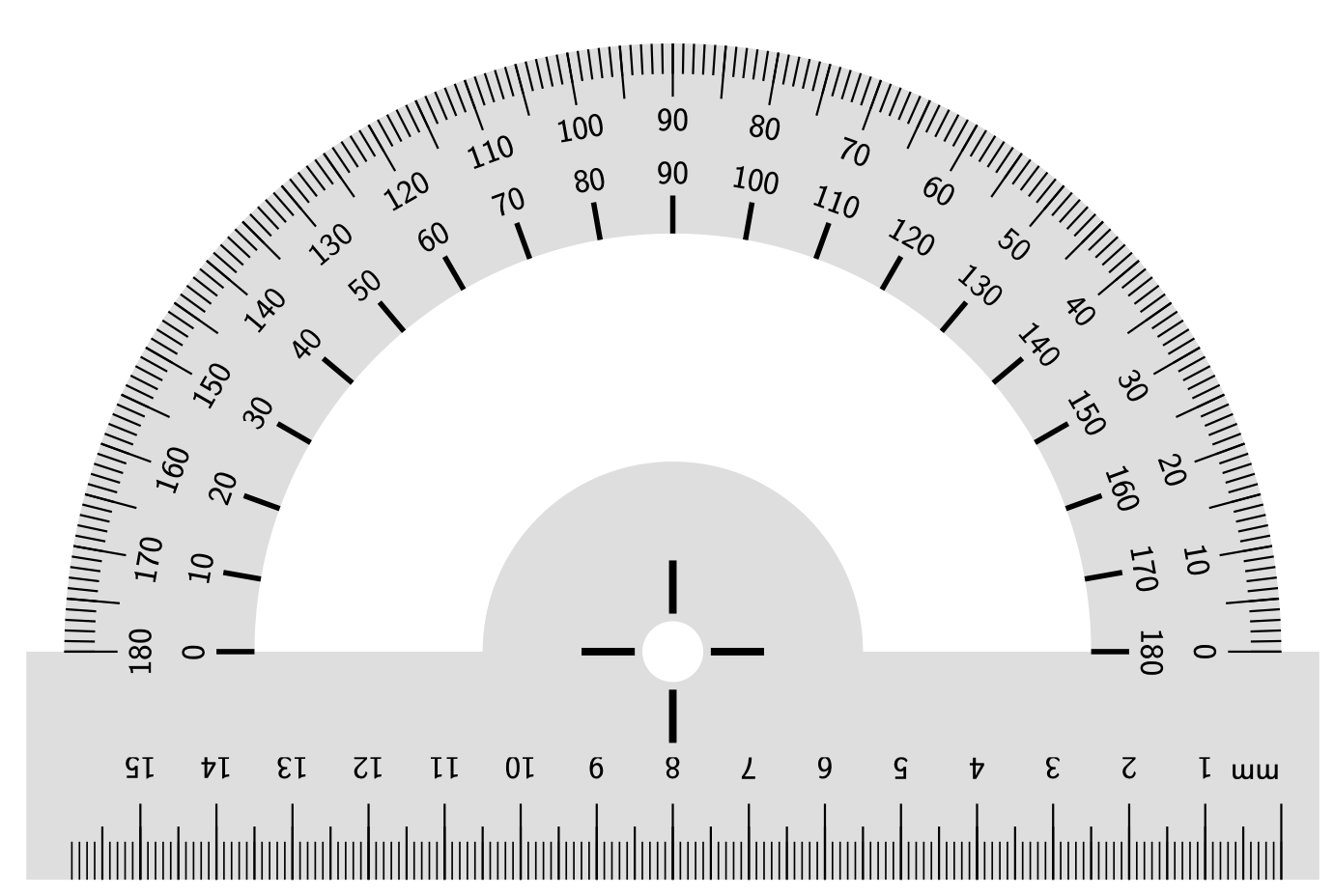공주대학교 문서작성 워크숍 2017에서 집중적으로 다루었으며, 좋은 가이드북과 예제들이 많다.
- Example: 스마일
 [PNG image (79.4 KB)]
[PNG image (79.4 KB)] - tikz codes:
\documentclass{standalone} \usepackage{tikz} \begin{document} \begin{tikzpicture}[line width=1.6pt] %\draw [help lines] (0,0) grid (2,2); \draw [fill=yellow] (1,1) circle (1cm); \draw ([shift=(193:.75cm)]1,1) arc (193:347:.75cm); \draw plot [domain=.15:.35] (\x,{2/3*(\x+1)}); \draw plot [domain=1.65:1.85] (\x,{-2/3*\x+2)}); \filldraw (.6,1.3) ellipse (.15cm and .25cm); \filldraw (1.4,1.3) ellipse (.15cm and .25cm); \path [fill=white] (.55,1.4) circle (1.5pt); \path [fill=white] (1.35,1.4) circle (1.5pt); \end{tikzpicture} \end{document} - pstricks codes: 여기에서 가져옴.
\documentclass[dvips]{oblivoir} \usepackage{pstricks-add} \begin{document} \begin{pspicture}[showgrid=false](-1,-1)(3,2) %\psaxes[ticks=none]{->}(-.5,-.5)(-1,-1)(2.5,3) \psset{linewidth=1.5pt,fillstyle=solid} \pscircle[fillcolor=yellow](1,1){1cm} \psarc[fillcolor=yellow](1,1){0.75}{193}{347} \psplot[algebraic]{1.65}{1.85}{-2/3*x+2} \psplot[algebraic]{0.15}{0.35}{2/3*(x+1)} \psellipse[fillcolor=black](.6,1.3)(.15,.25) \psellipse[fillcolor=black](1.4,1.3)(.15,.25) \pscircle[fillcolor=white](.55,1.4){.8mm} \pscircle[fillcolor=white](1.35,1.4){.8mm} \end{pspicture} \end{document}
- Example: 태극기
 [PNG image (42.4 KB)]
[PNG image (42.4 KB)] - tikz codes:
 tikz-taegeug.tex (2.22 KB)
tikz-taegeug.tex (2.22 KB)
\documentclass{standalone} \usepackage{tikz} %\usepackage{xcolor} \definecolor{tgred}{RGB}{197,31,50} \definecolor{tgblue}{RGB}{33,59,116} \begin{document} \begin{tikzpicture}[scale=3] %% 보조선 %\draw [help lines,step=.5] (-1.5,-1) grid (1.5,1); \draw [densely dashed] (-1.5,1) -- (1.5,-1); \draw [densely dashed] (-1.5,-1) -- (1.5,1); \draw [densely dashed] (0,0) circle (.75); %% 테두리 \draw [semithick] (-1.5,-1) rectangle (1.5,1); % 3:2 %% 태극 \fill [tgred] (0,0) circle (.5); \fill [tgblue] (0,0) arc (-atan(2/3):-atan(2/3)-180:1/4) arc (-atan(2/3)-180:-atan(2/3):1/2) % blue arc (-atan(2/3):-atan(2/3)+180:1/4) -- cycle ; %% 태극 (alternative) %\fill [tgblue] (0,0) circle (.5); %\fill [tgred] (0,0) arc (-atan(2/3):-atan(2/3)-180:1/4) % arc (-atan(2/3)+180:-atan(2/3):1/2) % red % arc (-atan(2/3):-atan(2/3)+180:1/4) % -- cycle ; %% 괘 \begin{scope}[rotate={90-atan(2/3)}] \fill (-12/48,36/48) rectangle % 36/48=1/2+1/4, 12/48=.5*1/2 (12/48,{(36+4)/48}); \fill (-12/48,42/48) rectangle (12/48,{(42+4)/48}); \fill (-12/48,48/48) rectangle (12/48,{(48+4)/48}); \end{scope} \begin{scope}[rotate={90+atan(2/3)}] \fill (-12/48,36/48) rectangle (12/48,{(36+4)/48}); \fill (-12/48,42/48) rectangle (-1/48,{(42+4)/48}) (1/48,42/48) rectangle % (12/48,{(42+4)/48}); \fill (-12/48,48/48) rectangle (12/48,{(48+4)/48}); \end{scope} \begin{scope}[rotate={-90+atan(2/3)}] \fill (-12/48,36/48) rectangle (-1/48,{(36+4)/48}) (1/48,36/48) rectangle % (12/48,{(36+4)/48}); \fill (-12/48,42/48) rectangle (12/48,{(42+4)/48}); \fill (-12/48,48/48) rectangle (-1/48,{(48+4)/48}) (1/48,48/48) rectangle % (12/48,{(48+4)/48}); \end{scope} \begin{scope}[rotate={-90-atan(2/3)}] \fill (-12/48,36/48) rectangle (-1/48,{(36+4)/48}) (1/48,36/48) rectangle % (12/48,{(36+4)/48}); \fill (-12/48,42/48) rectangle (-1/48,{(42+4)/48}) (1/48,42/48) rectangle % (12/48,{(42+4)/48}); \fill (-12/48,48/48) rectangle (-1/48,{(48+4)/48}) (1/48,48/48) rectangle % (12/48,{(48+4)/48}); \end{scope} \end{tikzpicture} \end{document}
- Example: 각도기 각도기 샘플(google image)
 [PNG image (174.92 KB)]
[PNG image (174.92 KB)] - tikz codes:
 tikz-protractor_ktug.tex (1.47 KB)
tikz-protractor_ktug.tex (1.47 KB)
\documentclass[border=2mm]{standalone} \usepackage{tikz} \begin{document} \begin{tikzpicture}[thick,font=\sffamily\large] %% 자 \path [fill=gray!25] (-8.5,0) rectangle (8.5,-3); \foreach \ticksA in {8,7.9,...,-8} \draw [semithick] (\ticksA,-3) -- (\ticksA,-2.5); \foreach \ticksB in {7.5,7,...,-7.5} \draw (\ticksB,-3) -- (\ticksB,-2.3); \foreach \ticksC in {8,7,...,-7} \draw (\ticksC,-3) -- (\ticksC,-2); \foreach \x [count=\n] in {7,6,...,-7} \draw (\x,-1.8) node [below,rotate=180] {\n}; \draw (8,-1.8) node [below right,rotate=180,inner xsep=0pt] {mm}; %% 각도기: 배경 \path [fill=gray!25] ([shift={(190:80mm)}]0,0) arc (190:-10:80mm); \path [fill=white] ([shift={(0:25mm)}]0,0) arc (0:180:25mm) -- (180:55mm) arc (180:0:55mm) -- cycle; %% 각도기: ticks \foreach \angA in {0,1,...,180} \draw (\angA:80mm) -- (\angA:76mm); \foreach \angB in {0,5,...,180} \draw (\angB:80mm) -- (\angB:73mm); \foreach \angBx in {0,10,...,180} \draw (\angBx:70mm) node [rotate=-90+\angBx] {\angBx}; \foreach \angC[count=\i from 0] in {180,170,...,0} { \draw [line width=.7mm] (\angC:60mm) -- (\angC:55mm); \pgfmathsetmacro\xi{int(\i*10)} % \pgfmathtruncatemacro\xi{(\i*10)} % (alternative) \draw (\angC:63mm) node [rotate=-90+\angC] {\xi};} %% center \path [fill=white] (0,0) circle (4mm); \foreach \angR in {0,90,180,270} \draw [line width=1mm] (\angR:5mm) -- (\angR:12mm); \end{tikzpicture} \end{document}








